Starlink Teams With US Navy In Major Partnership
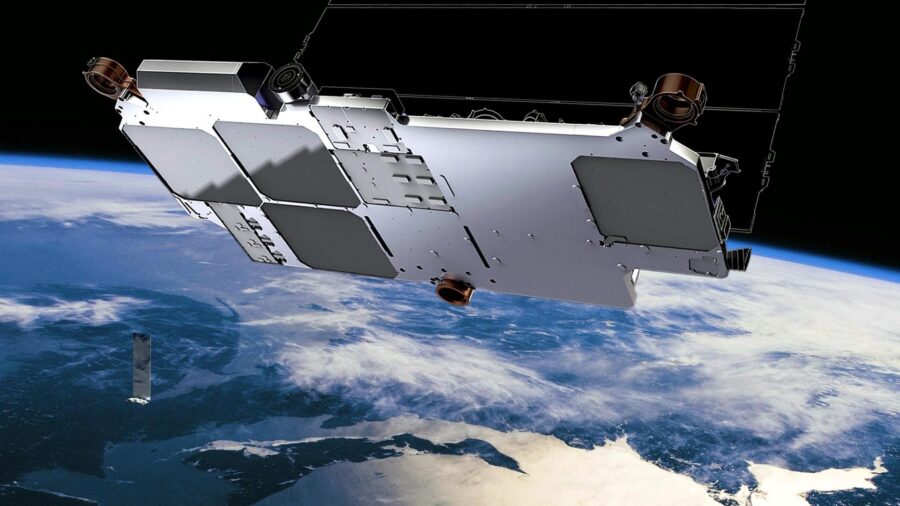
The Navy is entering into a partnership with Starlink that could bring high-speed internet to sailors and provide strategic resources to ships at sea. A press release, which has since been deleted, gave some insight into the deal, which is currently being treated as experimental. While access to commercial internet could be a huge asset, it also comes with significant risks.
Faster Than Military Satellites
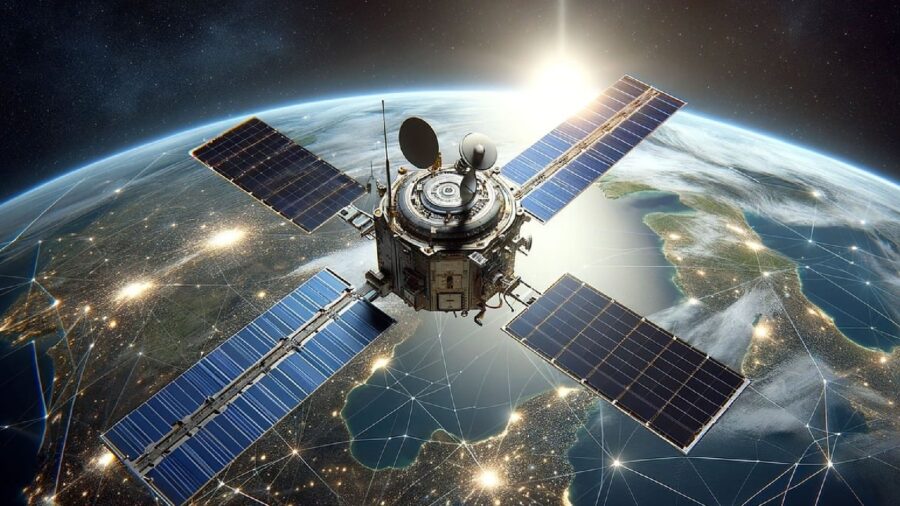
Providing internet to Navy sailors at sea is the first step of the Starlink deal. Deployed ships are notoriously stressful, isolated, and boring living environments, making morale a consistent problem. High-speed internet would help combat those problems, letting sailors easily communicate with loved ones and giving them access to modern entertainment.
Ships that aren’t connected to Starlink’s satellite system rely on aging Navy satellites that can be used for internet access but at much slower speeds. The Navy hopes that access to faster internet will raise the morale of sailors and improve workflow. In addition to helping alleviate the isolation and boredom of ship deployment, it can decrease frequent work stoppages due to internet connectivity issues.
Ships Already Have The Technology Onboard
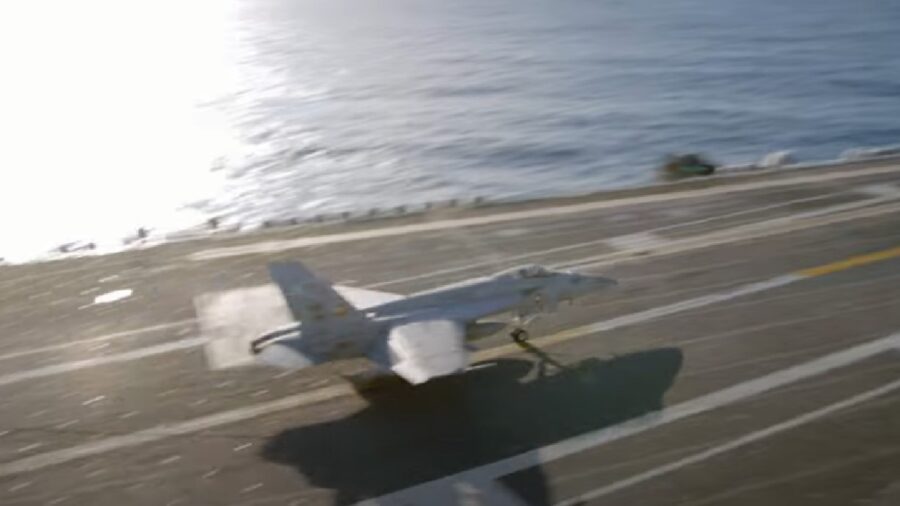
While it’s unknown how many ships have been outfitted with Starlink terminals, the Navy press release revealed that the USS Abraham Lincoln has the new technology. The Navy has also confirmed that multiple ships have the terminal installed as a trial run for the technology. The terminal is part of the larger SEA2 system, a passion project for Commander Kevin White, who served as the combat systems officer on the Lincoln.
A Massive Tactical Advantage
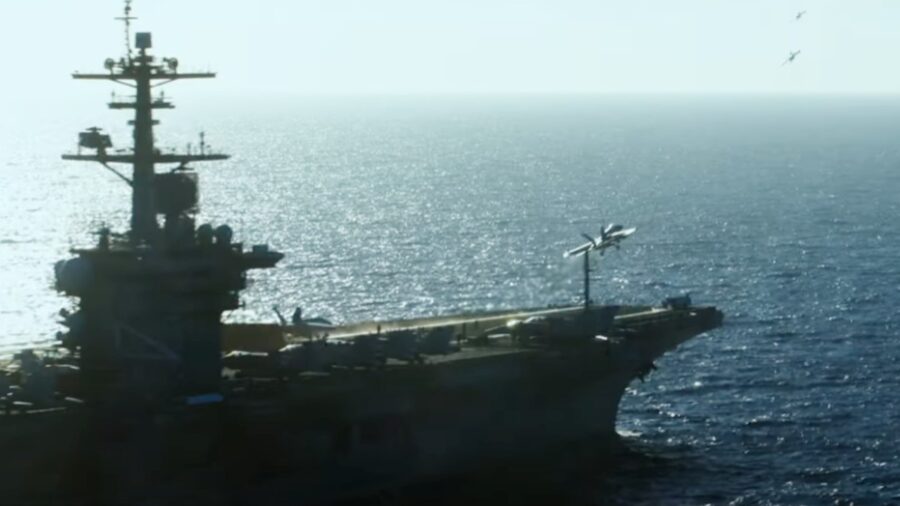
It’s one thing to provide internet access to sailors, but Starlink also has major strategic applications for the Navy. SEA2 was designed to allow classified tactical applications to be transmitted safely through commercial internet, but without a commercial internet network, the system relies on slow military satellites. Fast access to information and communication is a critical military asset that could make SEA2 an indispensable tool in the future.
The Controversial Owner
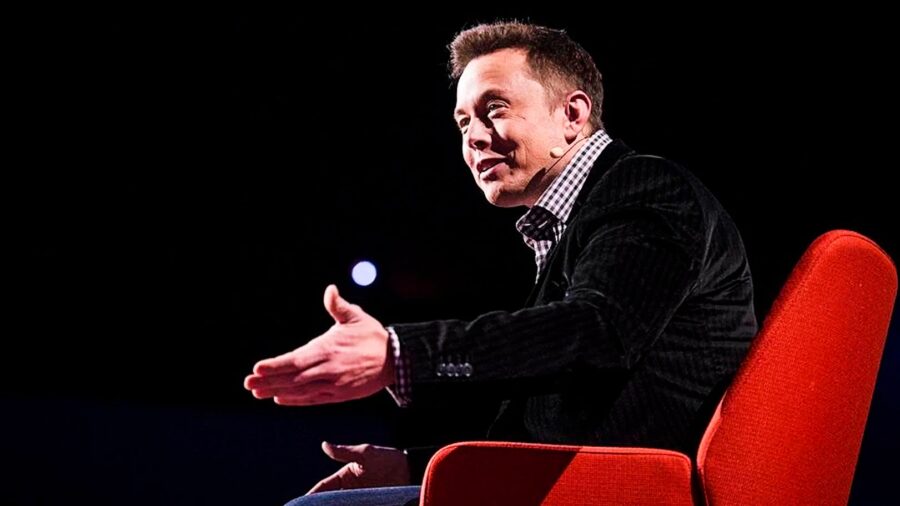
Of course, there are also concerns over the deal between the Navy and Starlink. The deal would put the military into a close partnership with Starshield, SpaceX’s military production branch, and its owner Elon Musk. The controversial owner of SpaceX is a constant source of controversy and some fear the deal would give him too much power over the US military.
The concerns over Elon Musk and Starlink largely come from incidents in the war between Russia and Ukraine. Russian cyberattacks were able to infiltrate the company’s network and significantly hamper Ukraine’s infrastructure as a result. Even more concerning for Navy officials is the 2022 incident when the network was disabled for soldiers during a surprise attack in Crimea, hampering communications.
Critics Are Concerned Over Musk

Critics of the deal between Starlink and the Navy claim that Elon Musk would have direct control over a strategic resource if it goes through. His response to the 2022 incident in Ukraine, claiming that he wouldn’t let his network be used to escalate a war, gives this concern some credence, though Musk has since backpedaled and claimed the network was disabled to comply with US sanctions of Russia. Musk’s notoriety could push the military to work with another private satellite internet provider or limit the deal.
A New Age For Military Warfare
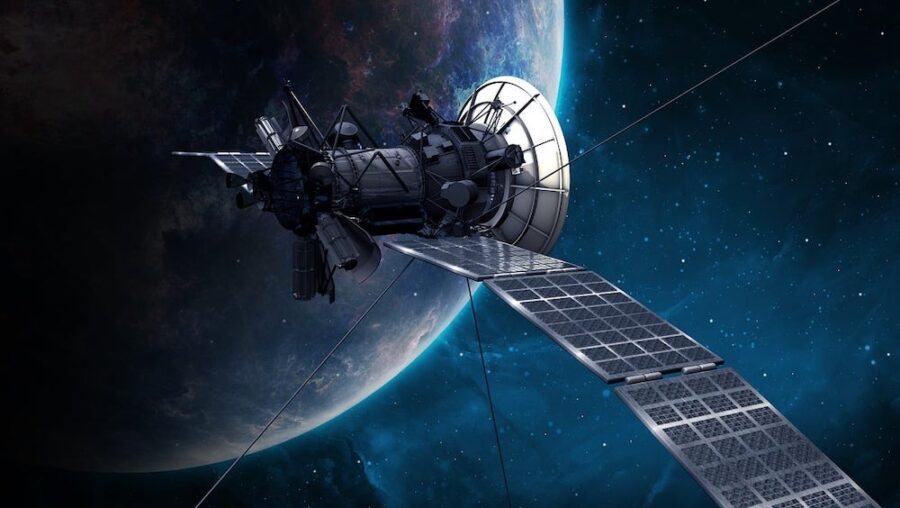
Navy ships gaining access to high-speed internet through Starlink or one of its competitors could be a huge change to how the military branch functions. Assuming the trial run is a success, SEA2 could quickly become the norm on ships. Even if nothing more comes of the deal than high-speed internet, that would go a long way to improving the lives of sailors.
Source: Wired












